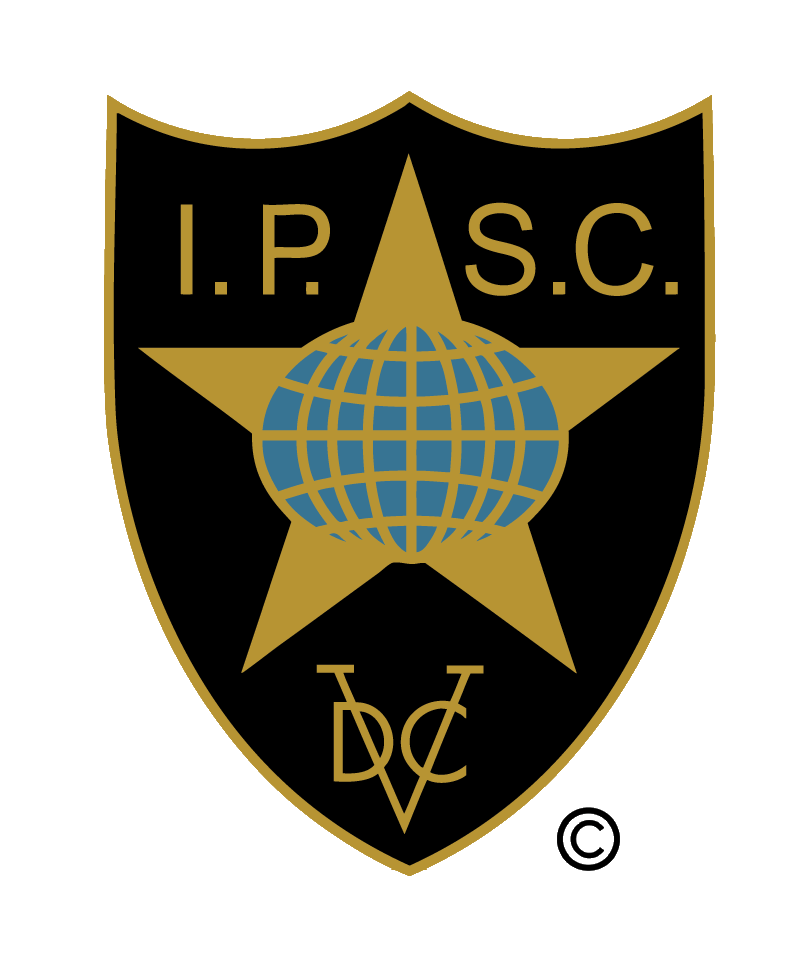HANDGUN PRODUCTION DIVISION
Production Division
|
1. |
Minimum power factor for Major |
Not applicable |
|
2. |
Minimum power factor for Minor |
125 |
|
3. |
Minimum bullet weight |
No |
|
4. |
Minimum bullet caliber / cartridge case length |
9 mm (0.354″) / 19 mm (0.748″) |
|
5. |
Minimum bullet caliber for Major |
Not applicable |
|
6. |
Minimum trigger pull (see Appendix E4a) |
2.27kg (5lbs.) for first shot or 1.36kg (3lbs.) for every shot, see below |
|
7. |
Maximum handgun size |
Maximum barrel length 127 mm |
|
8. |
Maximum magazine length |
No |
|
9. |
Maximum ammunition capacity |
Yes, see below |
|
10. |
Max. distance of handgun and allied equipment from torso |
50 mm (see Rule 5.2.5) |
|
11. |
Rule 5.2.10 / Appendix E2 applies |
Yes |
|
12. |
Optical/electronic sights |
No |
|
13. |
Compensators, ports, sound and/or flash suppressors |
No |
|
14. |
Weight(s) attached to barrel that extend beyond the muzzle |
No |
Special conditions:
- Only handguns listed as approved in the Production Division List on the IPSC website may be used in Production Division. Note that handguns deemed by IPSC to be single-action-only are expressly prohibited. The official IPSC protocol used to measure barrel length is described in Appendix E4b.
- (a) The minimum trigger pull must either be 2.27kg (5lbs.) for the first shot fired and no restriction for subsequent shots fired, or 1.36kg (3lbs.) for every shot fired.
- Handguns with external hammers must be fully decocked (see Rule 8.1.2.5), at the Start Signal. First shot attempted must be double action. Competitors in this Division who, after the issuance of the Start Signal and prior to attempting the first shot, cock the hammer on a handgun which has a loaded chamber, will incur one procedural penalty per occurrence. Note that a procedural penalty will not be assessed in respect of courses of fire where the ready condition requires the competitor to prepare the handgun with an empty chamber. In these cases, the competitor may fire the first shot single action.
- Original parts and components offered by the OFM as standard equipment, or as an option, for a specific model handgun on the IPSC approved handgun list are permitted, subject to the following:
Modifications to them, other than minor detailing (the removal of burrs and/or adjustments unavoidably required in order to fit replacement OFM parts or components), are prohibited. Other prohibited modifications include those which facilitate faster reloading (e.g. racking or cocking handles, flared, enlarged and/or add-on magwells, etc.), and/or adding stippling. Changing the original color and/or finish of a handgun, and/or adding stripes or other embellishments is permitted.
(b) Magazines accessible to a competitor during a COF must not contain more than 15 rounds at the Start Signal. Identifying marks or decals, internal capacity limiters, bumper pads and additional witness holes, which add or remove negligible weight to/from magazines, are permitted.
Sights may be trimmed, adjusted and/or have colors applied. Sights may also be fitted with fiber optic or similar inserts.
- Aftermarket parts, components and accessories are prohibited, except as follows:
Aftermarket magazines are permitted, subject to (b) above.
Aftermarket open sights (see Rule 5.1.3.1) are permitted, provided their installation and/or adjustment requires no alteration to the handgun.
Aftermarket grip panels which match the profile and contours of the OFM standard or optional grip panels for the approved handgun and/or the application of tape on grips (see Appendix E3a) are permitted. However, rubber sleeves are prohibited.
Aftermarket springs are permitted, provided they are in the same configuration as original.
Aftermarket trigger assemblies are permitted, subject to (a) above. A trigger assembly is defined as a mechanism that, once the trigger is pulled, activates the firing sequence of a firearm. Note that, if the original trigger includes a trigger safety, then the aftermarket trigger must also include a trigger safety.
Aftermarket hammers are permitted.
